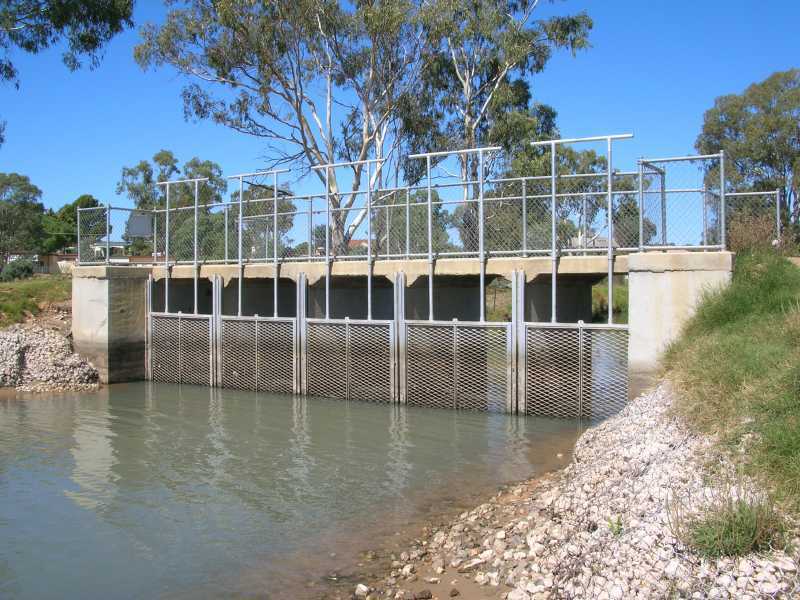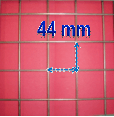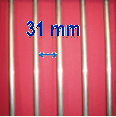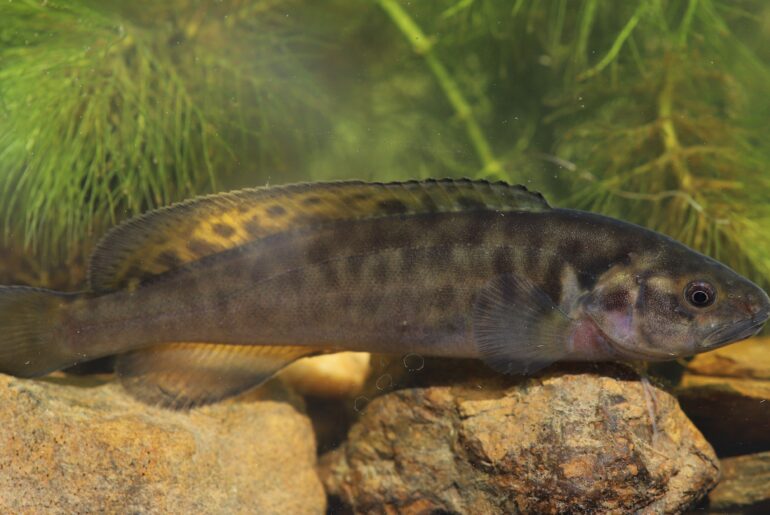In the Murray-Darling Basin, up to 98% of Carp (Cyprinus carpio) are produced in wetlands connected to the main rivers. Carp Exclusion Screens (CES) are mesh barriers that are installed at inlets to wetlands to exclude large fish from entering and provide a management tool to protect ecologically important areas from the impacts of carp. However, little work has been done to validate the effectiveness of carp exclusion screens in managing carp, and concerns about possible detrimental effects of the screens on native aquatic fauna have been raised.

The aim of this project was to bring together current knowledge about the effectiveness of carp exclusion screens, optimise screen design and use in wetland management, and assess potential impacts of the screens on native fishes.
Findings:
The key finding from this work was that current CES and management regimes have not been effective in reducing the numbers and biomass (amount) of Carp in wetlands. Existing CES were found to compromise eight screen designs with varying mesh dimensions with no operational guidelines governing where, when and how they should be used. Vandalism and a general lack of maintenance were also key issues. Diverse and abundant fish communities use wetlands and wetland inlets, with some existing screens designs detrimental to native fish by excluding most sizes and life history stages, this included some species of conservation significance such as Murray cod (Maccullopchella eelii). Other aquatic fauna, including three species of turtles, and three taxa of crustaceans including freshwater prawns, shrimps and yabbies regularly use wetland inlets and are likely to be affected by CESs.

In response to this finding further work was done to optimise and hence standardise screen mesh designs . Two types of screens were developed that optimise the exclusion of large, sexually mature Carp:
A square grid mesh with 44 mm gaps

A “jail-bar” design with 31.4 mm gaps

In comparison to the square grid mesh, the jail bar design caught less debris, trapped more carp and less native fishes, and had little effect on flow velocity. While some existing CES were found to approach the dimensions of the preferred “jail-bar’ design, many did not.
Key messages:
- Carp exclusion screens may be beneficial as part of an integrated carp management regime in some wetlands. Presently, there is no benefit in using CES in permanently inundated wetlands, unless other carp reduction measures are also employed. Juvenile Carp will always be able to pass through CES and be able to mature and breed in permanent wetlands. In some instances CES may effectively concentrate adult Carp in wetlands leading to greater impacts on the wetland ecosystem.
- The use of CES alone should be considered for use at seasonal/ephemeral wetlands that dry every 1-2 years as the Carp that enter as juveniles will be stranded and die before they become mature. They may also be suited to permanent shallow wetlands that remain filled for >2 years at a time, if it can be shown that all adult carp migrate from wetlands to overwinter in deeper river water.
- The jail bar CES with 31 mm apertures between bars screen passed more native fishes, including the greatest proportion of bony herring (Nematalosa erebi)(>90%), which are the key large-bodied native fish found to use wetlands and wetland inlets.
- All CES need to be regularly maintained to ensure that they are functioning as intended and are not altering channel hydrodynamics or impeding the passage of native fauna.
Read more here – Evaluation of carp exclusion screens at wetland inlets



